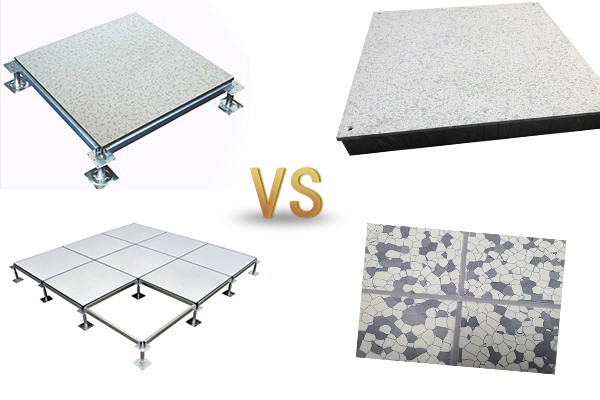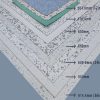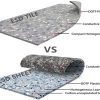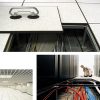PVC anti-static floor is made of PVC resin through special processing technology (mainly made of PVC resin, plasticizers, stabilizers, fillers, conductive materials, and mixed color materials). Form a conductive network between the interfaces of the PVC particles, making it antistatic. PVC anti-static floor has strong decoration, elasticity, good wear resistance and no cracking characteristics.
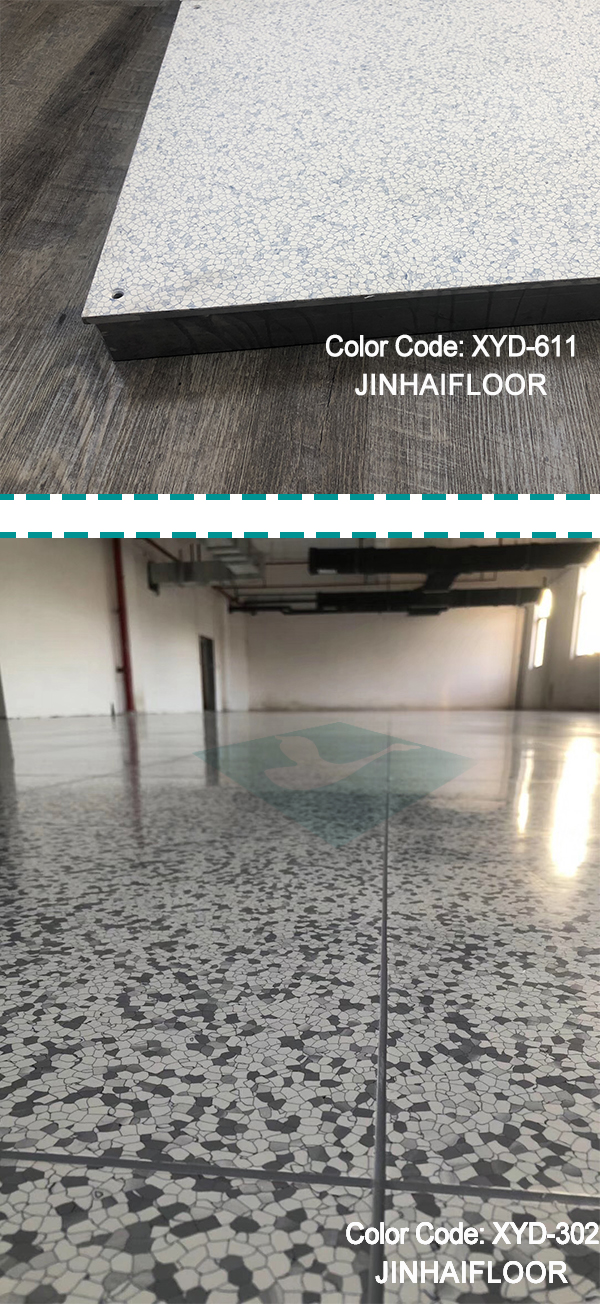
HPL (High Pressure Laminate) anti-static floor, also known as the fireproof board, is made of melamine resin through a special process (mainly made of melamine resin, plasticizers, stabilizers, fillers, conductive materials, and mixed materials). A conductive network is formed between the HPL particles, making it antistatic. HPL anti-static floor has the characteristics of strong decorative effect, high wear resistance, dustproof and anti-pollution.
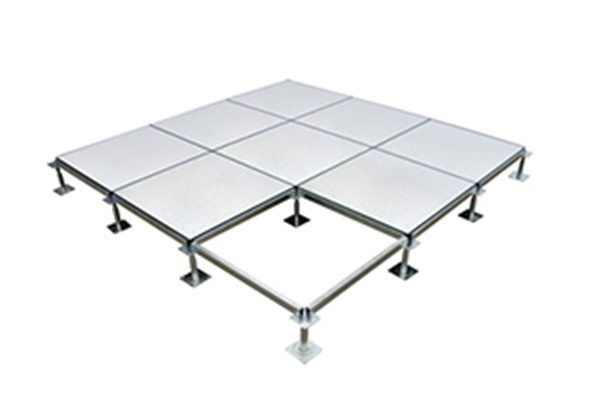
The differences between HPL and PVC anti-static floor
A. Physical properties
Due to the difference between the two anti-static floor materials, they show different physical properties. The PVC anti-static floor is elastic and has a soft feeling when pressed hard, making it more comfortable to step on. HPL anti-static floor is slightly harder due to the characteristics of melamine resin, and it has a crisp sound when scratched by hand.
B. Different materials
Generally, looking at the cross-section, the materials of PVC anti-static floor and HPL anti-static floor are different.
C. Different prices
Generally speaking, the melamine anti-static floor price is about 4.60 USD ~ 9.50 USD higher than the price of PVC anti-static floor.
D. Differences in the scope of application:
First of all, these two kinds of anti-static floors are all suitable for use in places with anti-static requirements. For example, we can use them in computer rooms, operating rooms, and program control centers.
Generally speaking, cities in northern China choose PVC anti-static floor. And cities in southern China choose HPL anti-static floor.
Why? Because of the temperature difference, the day and night temperature difference in northern Chinese cities are large. When the temperature difference exceeds about 15 degrees, the deformation of the steel plate due to thermal expansion and contraction is different from that of the veneer material. It may cause surface cracking.
The PVC surface layer is elastic and generally will not crack. At the same time, HPL may crack due to its relatively hard material, resulting in a greatly reduced service life.

